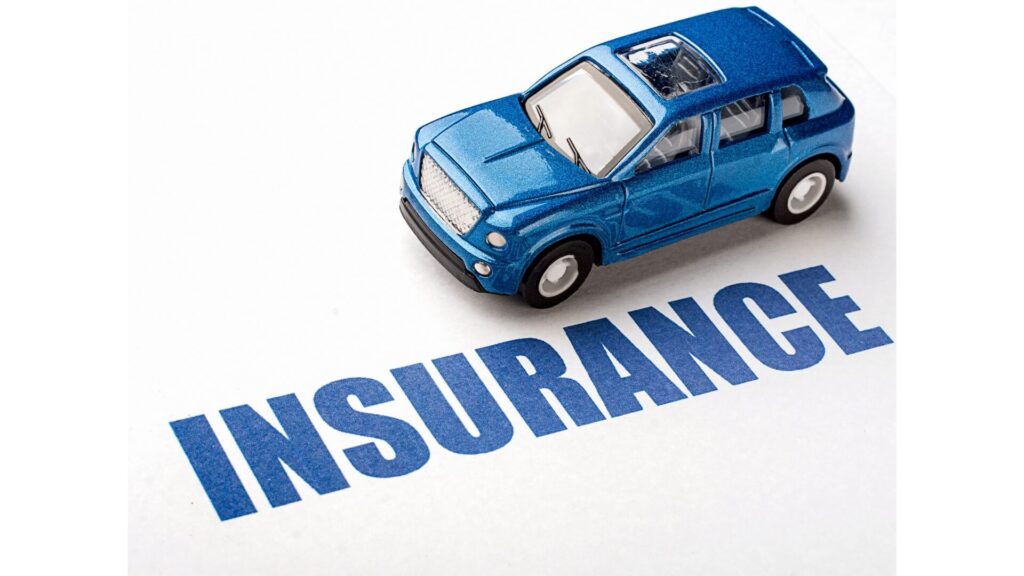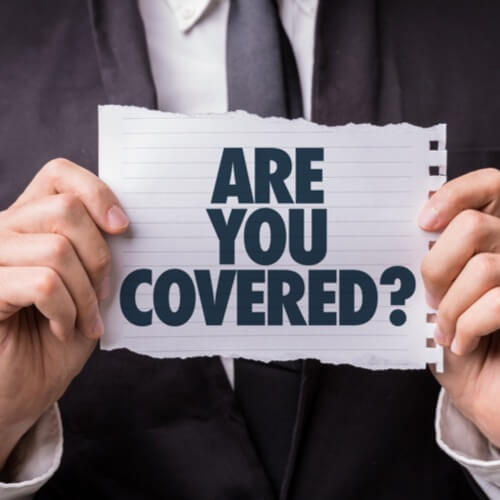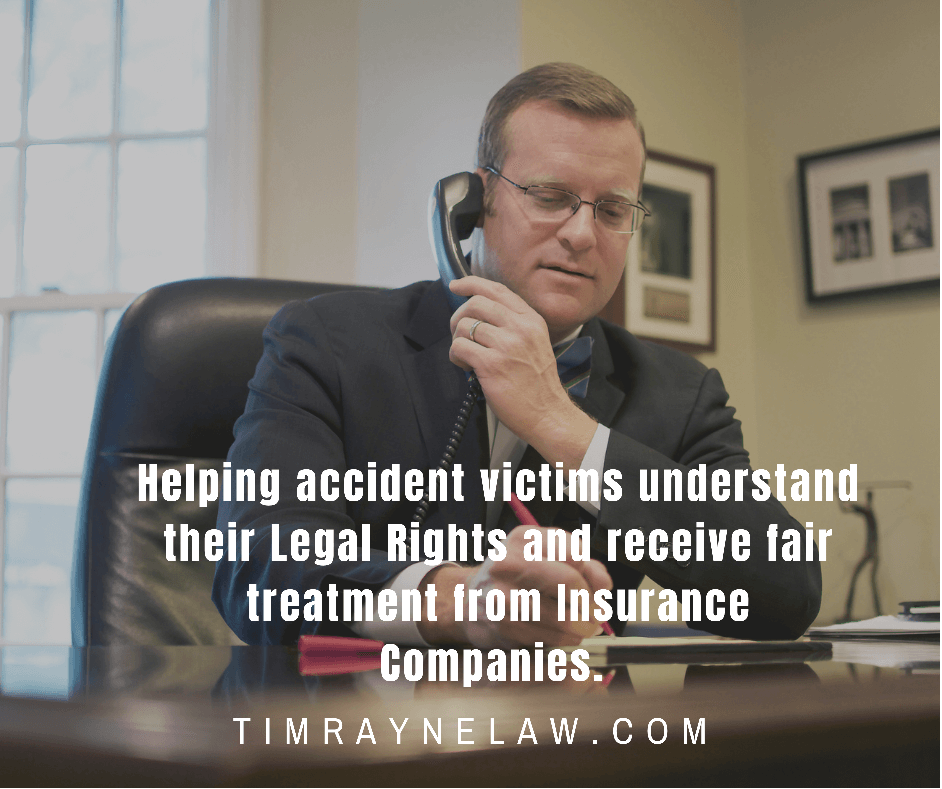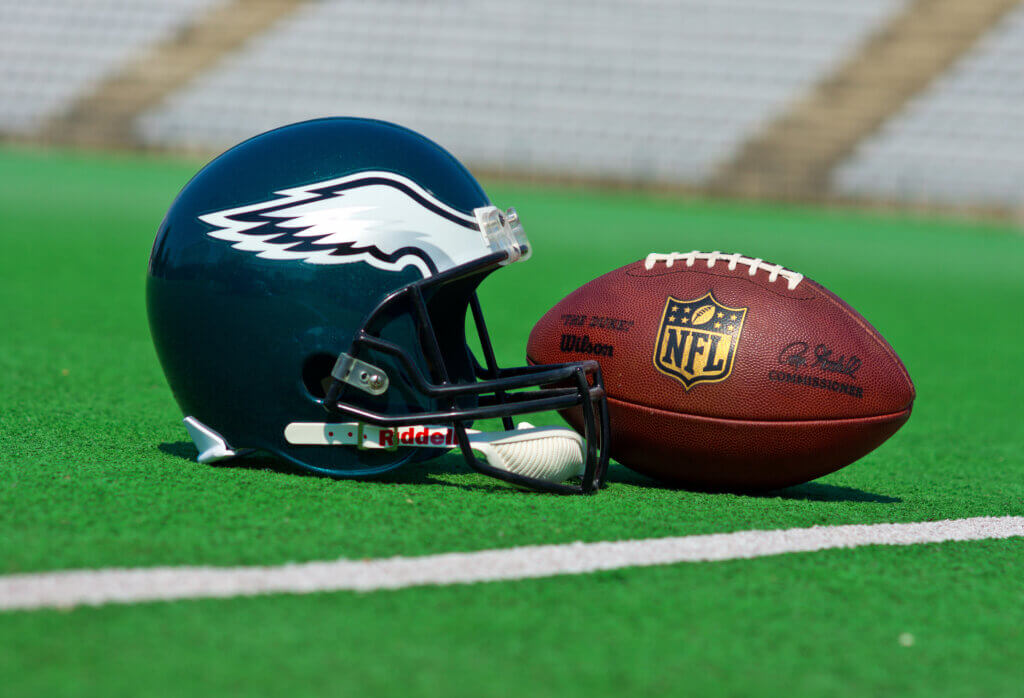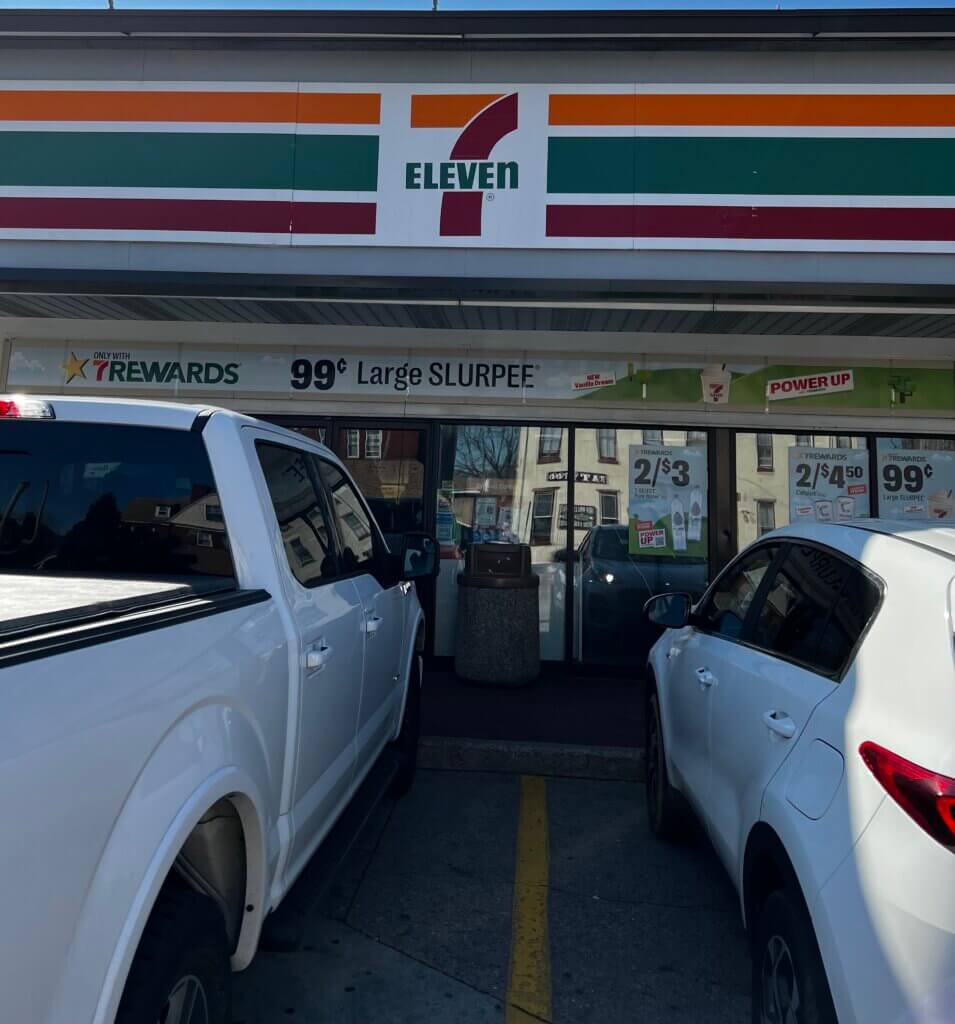
The convenience store 7- Eleven just paid a $91 million settlement in a personal injury claim that many people (not including me) are calling “ridiculous”. A customer was walking from his car into the store when he was struck by another customer who was driving into the parking lot and hit the gas rather than the brake and jumped the curb in front of the store. The pedestrian sustained massive leg injuries that required a double amputation.
The attorney for the accident victim sued 7-Eleven claiming negligence in failing to take reasonable safety precautions in the design of the store, which would have protected his client from injury. Specifically, 7-Eleven has over 8000 stores and was aware from prior incidents occurring at other stores that there was a significant danger presented to pedestrians entering and exiting the stores by motorists driving in the parking lot. Numerous other accidents had happened in which pedestrians were struck and injured.
In response to the previous injuries, 7-Eleven could have implemented safety precautions in the form of barriers called “bollards” that are installed between the parking lot at the sidewalk to prevent vehicles from entering the sidewalk and injuring pedestrians.
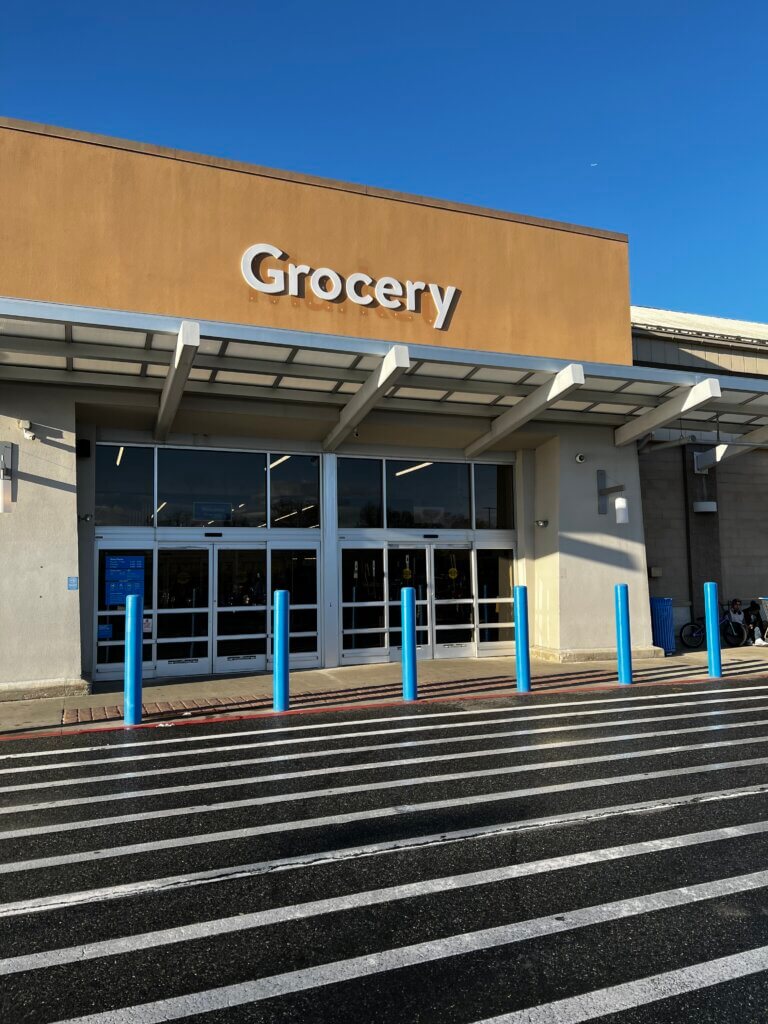
How/Why was 7-Eleven Responsible for the Accident Cause by a Car Driver’s Negligence?
Many people are wondering how 7-Eleven can be held liable when it did not cause the injuries, the driver did, and some are even calling the settlement “ridiculous”.
Under the laws of every state, store owners have a legal obligation to take reasonable precautions to protect the safety of their customers. This legal duty requires a store to anticipate mistakes which could be made by others and could lead to accidents and injuries. This law exists because stores make money from their visitors, so the stores should have a reasonable safe property for the customers.
In this case, 7-Eleven had a responsibility to use reasonable safety precautions in designing and constructing their stores, sidewalks and parking lots. This includes thinking about installing appropriate safety barriers. In this case, there was critical evidence that 7-Eleven knew from prior accidents that car drivers entering and exiting their parking lots sometimes make mistakes while driving, which led to them jumping the curb and striking the store building or its customers. Despite having this knowledge and despite the fact that safety barriers called “bollards” could have been installed at relatively low cost, 7-Eleven ignored the potential danger to its customers and did not install appropriate safety precautions at the store where this tragic accident occurred.
Why is the Driver not Held Liable?
Many people are also wondering why the driver would not be held liable for his mistake rather than the store. The reality is, the driver is certainly liable for his negligent conduct in hitting the gas rather than the brake and causing the accident. However, just because the driver was negligent, that does not relieve the store of its negligence in failing to take appropriate safety precautions to prevent its customers from foreseeable accidents and serious injuries. The store has an independent legal duty to look out for the safety of its customers in exchange for the money that it obtains through selling things to its customers. In this case, 7-Eleven could have prevented the accident from happening by installing safety barriers. If that had been done, then even though the driver made a mistake, the customer never would have been injured.
What happens in a case like this where there are multiple parties potentially responsible for an accident, is that claims can be brought against all of them. Then, it is up to the jury to decide who was negligent and if more than one defendant was negligent, to assign percentages of responsibility. Finally, depending on how much insurance each defendant has, the responsibility for payment will be divided up according to the percentages of fault.
However, if a particularly defendant does not have enough insurance to cover his percentage, then rather than have the innocent victim go uncompensated, the other defendants who were found jointly responsible can be compelled to pay more than their percentage of fault. This concept is called Joint and Several Liability and the reasoning behind it that rule is that it’s more fair for a negligent defendant to have to pay more than his assigned proportion of liability then it would be to allow an innocent victim to go uncompensated because he was injured by another defendant without enough insurance or assets to pay for the damage.
We can debate the “fairness” of the settlement, as well has who should have been held liable, but it’s not up for debate that that it certainly was a tragedy for this man to lose both legs because of a preventable accident.
Tim Rayne is a Pennsylvania Personal Injury Lawyer with the Chester County law firm MacElree Harvey. Tim help accident victims understand their legal rights and receive fair compensation from insurance companies. Contact Tim Rayne for a Free Consultation at 610-840-0124 or trayne@macelree.com or check out his website www.TimRayneLaw.com.

